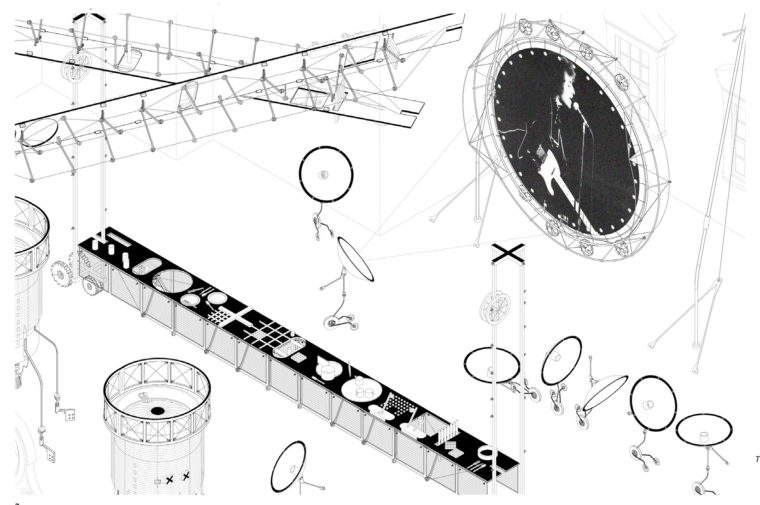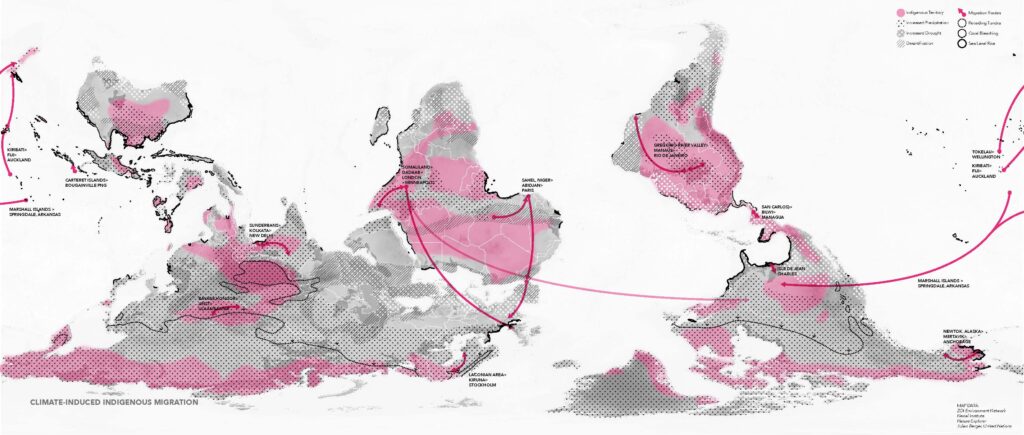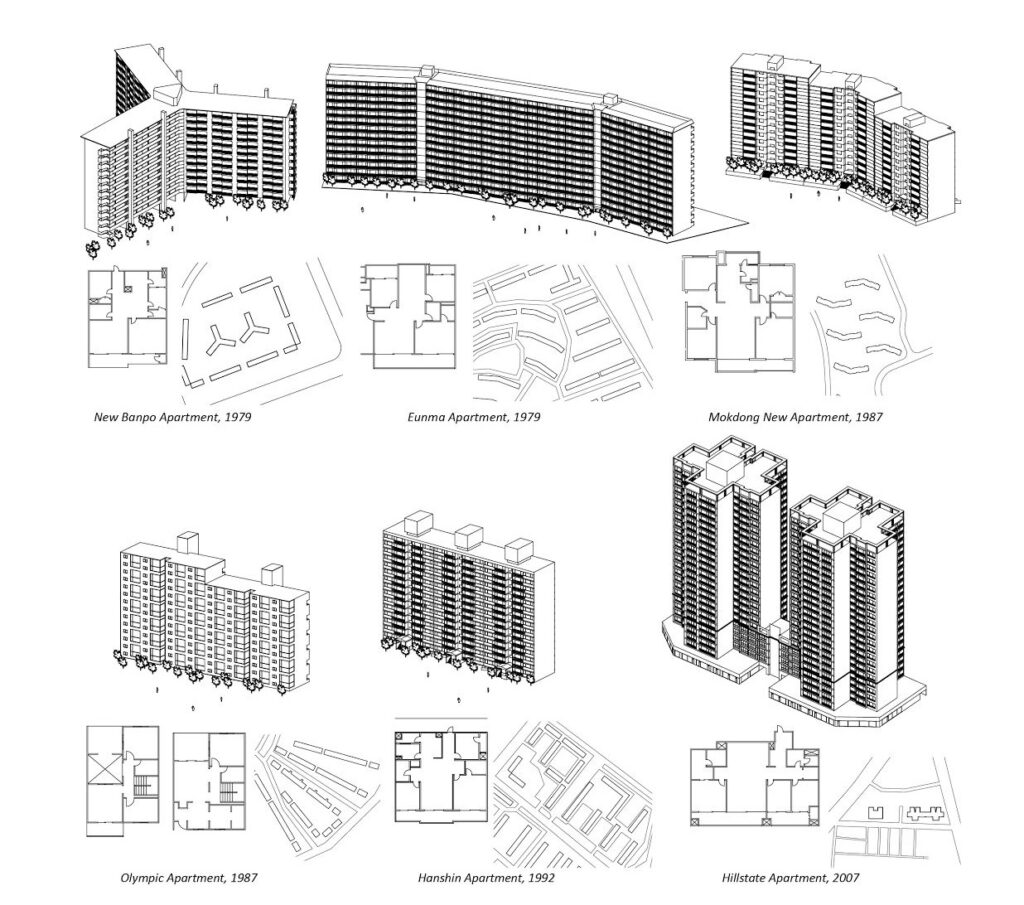Architecture is often defined by the activities that happen within it. But the boundary between public and private wears thin. We eat in the car and sleep on the train. We congregate in commercial spaces. Social media blurs distinctions between personal and professional selves.
“There has been a migration from the right of property to the right of access and use,” argued Pedro Pitarch, winner of the 2016-17 James Harrison Steedman Memorial Fellowship in Architecture. “Spaces are no longer used according to their architectural program, but according to their protocols, their accessibility, and their possibilities of empowerment.”
As Steedman Fellow, Pitarch will research the intersection of public and private spaces in cities across Europe, Asia, and the United States. The $50,000 award, which is granted on the basis of applicants’ proposals, supports international travel for research. It is one of the largest such fellowships in the United States.
Granted since 1925, the biennial fellowship is organized by the College of Architecture and Graduate School of Architecture & Urban Design in the Sam Fox School of Design, and by the American Institute of Architects (AIA) St. Louis.
This year’s theme, titled Adaptation, was created by jury chair Mason White, a founding co-principal of Lateral Office in Toronto. Participants were challenged to explore how flexibility and adaptive response might be better incorporated into the design process.
Pitarch was chosen from a field of 100 applicants from across the United States and Canada as well as Argentina, Denmark, Finland, France, Germany, India, Spain, and the United Kingdom.
“The jury was impressed with Pitarch’s range of experimentation and invention,” White explained. “Several jurors noted that both his previous work and the proposed research show an approach that is at once methodical, experimental, and fantastically intricate. Additionally, the subject of property was found to be timely and relevant worldwide.”

This Kitchen is a Conference Call, from Pedro Pitarch’s proposal Disguised Metropolitanisms: Unveiling the Masquerade of Urban Domesticity. Image: Pedro Pitarch.
“This Warehouse is my Desktop”
Pitarch, an architect and composer based in Madrid, won the Steedman Fellowship for his proposal, Disguised Metropolitanisms: Unveiling the Masquerade of Urban Domesticity.
“Urban and domestic spheres have no longer clear boundaries, but faded ones,” he said. “They are no longer distinguished according to a public/private duple, but to the possibility of use in a certain moment. They are more dependent on questions such as ‘when and how,’ rather than ‘what or where.'”
The fellowship will allow Pitarch to research and develop six typologies of urban domesticity. In Tokyo and Taipei, he will explore public infrastructure as resting space—a phenomenon he dubs “This Train is my Bedroom.” For “This Warehouse is my Desktop,” Pitarch will examine how sharing economies shape the architecture of labor in London, Paris, Berlin, and other European capitals. “This Greenfield is my Home” will investigate the large-scale but temporary infrastructure of cultural events such as Burning Man, Coachella, and Lollapalooza.
Pitarch will document each typology through interviews, photos, analytical drawings, and case studies. Work will culminate in a book, a short film, and exhibition models.
“This project tries to establish the genealogies of urban domesticity,” Pitarch explained. By exploring the migration of domestic functions into communal spaces, he aims to “identify the architectural tools, strategies, and mechanisms by which architecture and urbanism construct the contemporary public realm.”
Alternate and honorable mentions
Elizabeth (Lizzie) Yarina, a research associate at the MIT Urban Risk Lab, was selected as alternate. Her proposal, New Climate Nomads: Indigenous Spaces of Migratory Adaptation, would examine the socio-spatial identities of vulnerable indigenous populations in the age of climate risk.

A map of climate-induced migration patterns among indigenous populations, from Elizabeth Yarina’s New Climate Nomads: Indigenous Spaces of Migratory Adaptation. Image: Elizabeth Yarina.
Two submissions received honorable mentions:
– Jin Young Song, founding principal of Dioinno Architecture in Seoul and Buffalo, and assistant professor of architecture at the State University of New York at Buffalo, was recognized for The Face of “A Parte.” The project would explore revitalization strategies for aging multi-unit residential towers, with a particular emphasis on sustainable adaptation.

Axonometric drawings of Korean apartment buildings, from Jin Young Song’s The Face of “A Parte.” Image: Jin Young Song.
– Sam Fox School alumna Kirsten Caudill (MArch13), now a designer with ZGF Architects in Seattle, was recognized for Desire Lines in Divided Spaces: An Analysis of Spatial Segregation and the Architecture of the Edge. The project would examine the physical manifestations of conflict-driven divides—the buildings and walls—as well as the voids and buffer zones that isolate and marginalize communities.

Case studies from Kirsten Caudill’s Desire Lines in Divided Spaces: An Analysis of Spatial Segregation and the Architecture of the Edge. Image: Kirsten Caudill.
Jury and organizers
In addition to White, the jury included: Deborah Berke, founder of Deborah Berke Partners and dean of the Yale School of Architecture; Elena Cánovas, principal and co-founder of aSZ arquitectes and a professor of practice in the Sam Fox School; Joyce Hwang, director of Ants of the Prairie and associate professor in the State University of New York at Buffalo; and Jeff Ryan, principal and director of design at Christner Inc.
The fellowship was organized by the Steedman Governing Committee: Patty Heyda, associate professor in the Sam Fox School; committee chair William Wischmeyer, a 1973 Steedman Fellow; and David Polzin, principal of CannonDesign.
Steedman Fellowship
The Steedman Fellowship is supported by an endowment given to the Sam Fox School’s College of Architecture in honor of James Harrison Steedman, who received a degree in mechanical engineering from Washington University in 1889. He was a decorated veteran of World War I, and passed away at the family’s home in Montecito, Calif., in 1921. The memorial was established by Steedman’s widow, Mrs. Alexander Weddel, and his brother, George.
In addition, the Steedman Summer Travel Fellowship is awarded annually to a current Sam Fox School architecture student to support travel and the investigation of an architectural topic of the student’s choosing.
